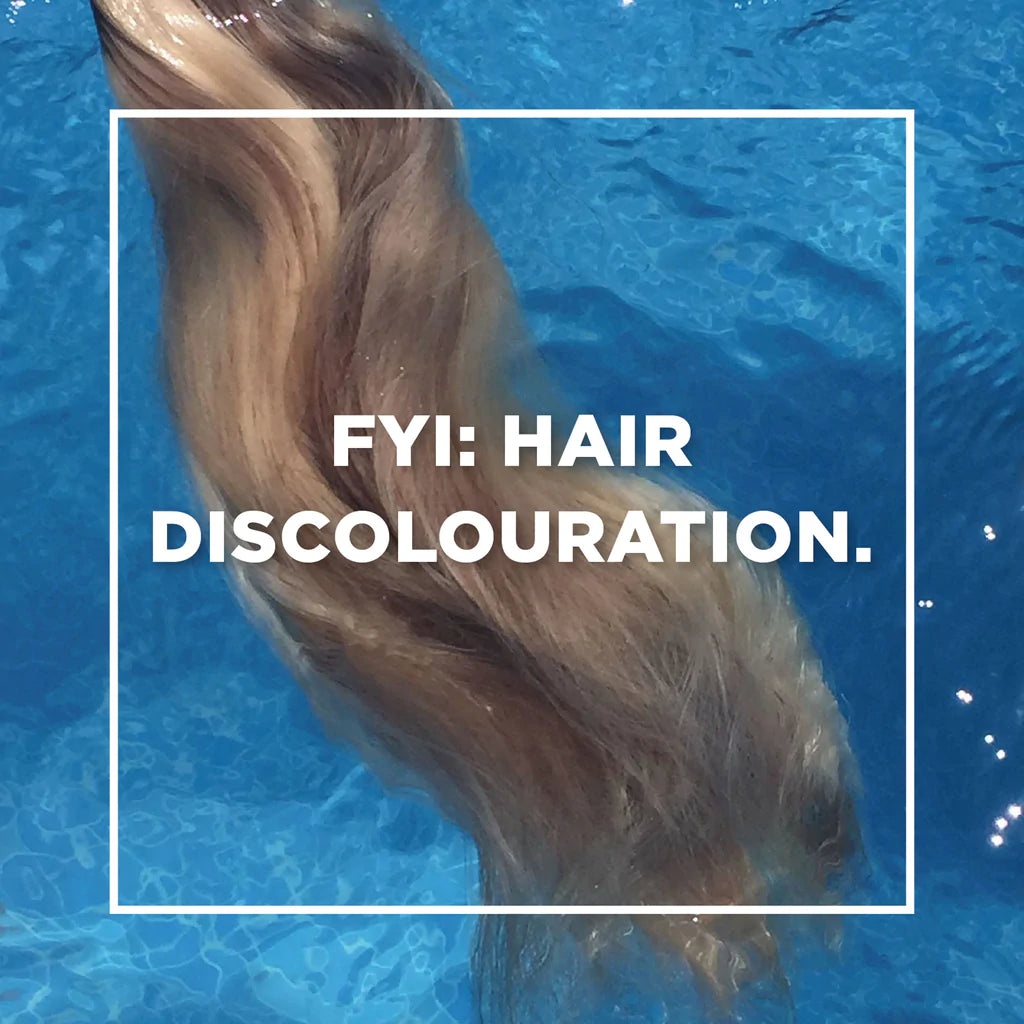Hair extensions can become discolored due to several factors, many of which are similar to those that affect natural hair. Here are some common causes of hair extension discoloration:
1. Sun Exposure
- Prolonged exposure to the sun's ultraviolet (UV) rays can cause hair extensions, especially lighter colors, to fade or change color over time.
2. Chemical Exposure
- Exposure to chlorine (from swimming pools) or hard water (water with high mineral content, such as iron or copper) can cause hair extensions to discolor. Chlorine can leave a greenish tint, while hard water can cause hair to turn brassy or dull.
3. Product Buildup
- The use of hair products like hairsprays, gels, serums, and leave-in conditioners can lead to buildup on hair extensions. Some products, especially those containing sulfates, parabens, or alcohol, can strip the hair extensions of their color or leave a residue that affects their appearance.
4. Improper Hair Care
- Using the wrong shampoo or conditioner can lead to discoloration. For instance, some hair care products contain sulfates or harsh chemicals that can strip color from the extensions. Additionally, not washing hair extensions properly can cause dirt, oil, and product buildup, leading to a dull or discolored appearance.
5. Heat Styling Tools
- Overuse of heat styling tools like straighteners, curling irons, or blow dryers on high heat can cause extensions to become damaged or discolored over time. Heat can alter the color of hair extensions, particularly if they are made from synthetic materials or if they have been chemically treated.
6. Oxidation
- Hair extensions can oxidize when exposed to air and environmental pollutants, leading to a gradual color change. This is more common in lighter-colored extensions, which can take on a brassy or yellow tone.
7. Dye and Chemical Treatments
- Attempting to dye or chemically treat extensions without proper knowledge can result in uneven coloring or unexpected discoloration. Since extensions often have a different porosity than natural hair, they can react unpredictably to dyes.
8. Sweat and Oil
- Natural oils from the scalp or sweat can cause hair extensions to discolor, especially at the base or where the extensions are attached. This is particularly an issue for tape-in or glued extensions.
9. Poor Quality Extensions
- Lower-quality hair extensions may not hold their color well over time, particularly if they are not made from 100% human hair. Synthetic extensions, in particular, are more prone to discoloration from heat, chemicals, and environmental factors.
10. Chemical Reactions
- Extensions can sometimes undergo a chemical reaction with certain ingredients in hair products, tap water, or even environmental pollutants. For instance, a reaction between sulfates in shampoo and minerals in water could lead to discoloration.
To minimize discoloration, it's important to use high-quality hair extensions, avoid excessive heat and chemical treatments, use sulfate-free and extension-safe hair products, protect extensions from UV exposure, and ensure they are properly maintained and cared for.
Color Fade
It is important to understand that color fading can, and will happen, the same as your own natural hair would if it was colored. Color fade is usually gradual and completely natural due to wear and tear throughout the complete life of the hair through washing, styling products and heat damage. Problems can arise when the color fades or discolor at a quicker rate than it normally would, and this usually occurs when the hair is exposed to certain ingredients or substances, and UV rays.
So, what is really going on? You have three main factors contributing here, so let’s take one at a time.
SUNCREAM, HAIR CARE AND HAIR STYILING PRODUCTS
We are all for protecting our skin first and foremost but how choosy are you when picking your sunscreen? The NHS guidelines have some interesting information to help and explain the star rating and SPF a little more for you. But the main ingredients to note are:
- Avobenzone (Butyl Methoxydibenzoylmethane) an oil-soluble ingredient used in sunscreen products to absorb the full spectrum of UVA rays.
- Benzophenone is a UV filter that is commonly found in hair care products.
- Octocrylene is added as a stabilizer as the Avobenzone degrades in light. Together they are found in differing quantities in sun protection; the more you have the higher SPF and star rating your product will have.
There are plenty of sunscreen products for your hair popping up on the market so be wary that these two might have ingredients that will accelerate the color change effect.
In Conclusion:
Tips for avoiding discoloration:
- ONLY use Professional Hair Care Products For Hair Extensions
- Do not use hair care or styling products that contain ingredients that protect from UV
- In high hard water areas, you can use the Malibu C Hardwater Wellness Kit as a preventative measure
- In bright sunshine (or when using sunbeds), wear a sun hat or tie up your hair
Tips for avoiding color fade:
- ONLY use Professional Hair Care Products For Hair Extensions
- Avoid washing your hair too frequently and reduce the water temperature
- Reduce the temperature of your heat tools when styling your hair
- In bright sunshine (or when using sunbeds), wear a sun hat or tie up your hair
- Use a color retaining product to help keep the color correct
